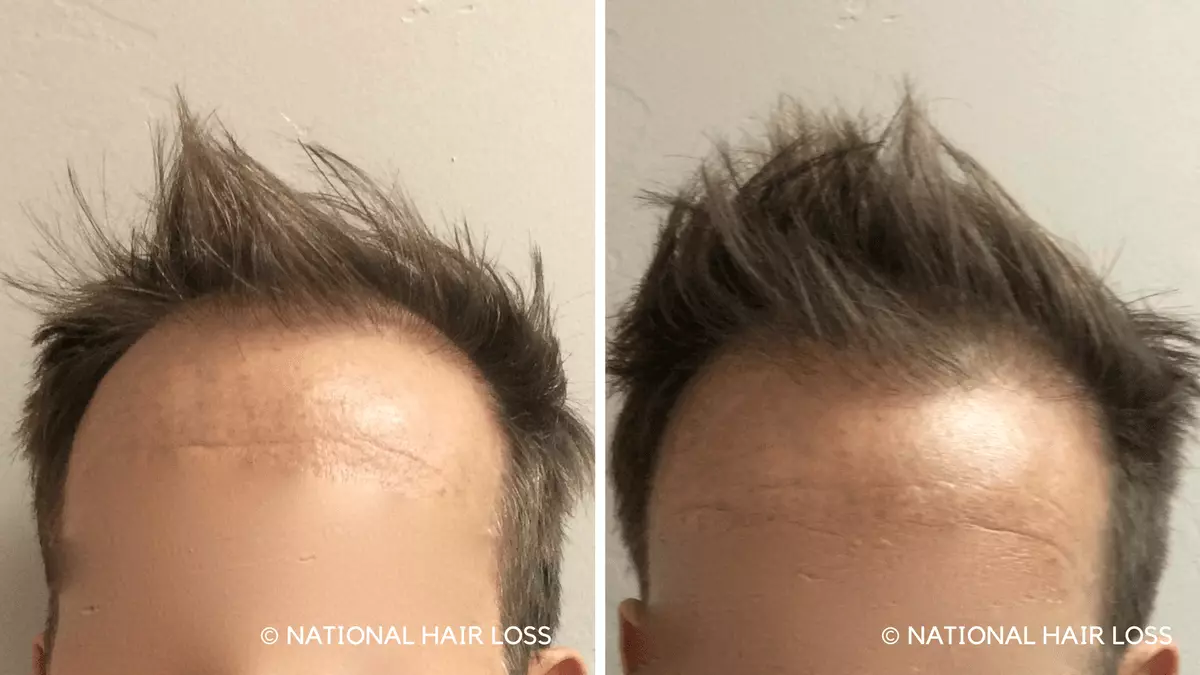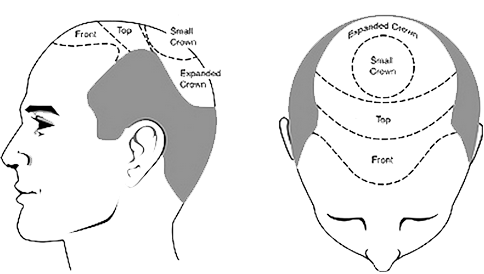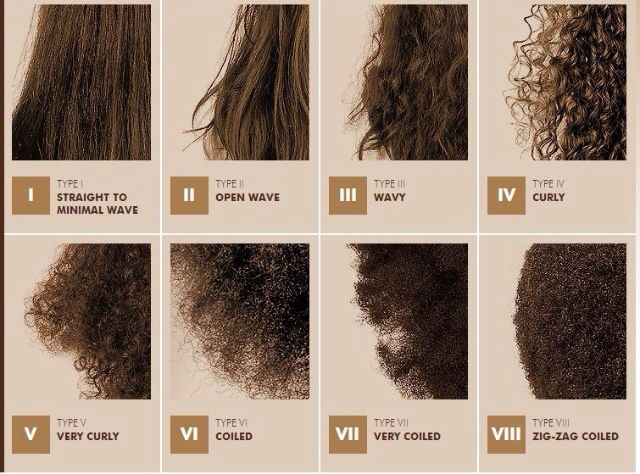It’s a city of many nicknames. Tinseltown, El Pueblo, The City of Angels, La-La Land, and The Big Orange. And what is it that earns someone—or something—its nickname? There could be humor attached to it, or fame, or infamy. Residents in the history of the subject that, year after year, refuse to pack up and leave the neighborhood. It could be said that memory is as fickle as an old woman in a grocery store produce department. What it chooses to keep, it keeps. What is let go, no one can truly be certain of?
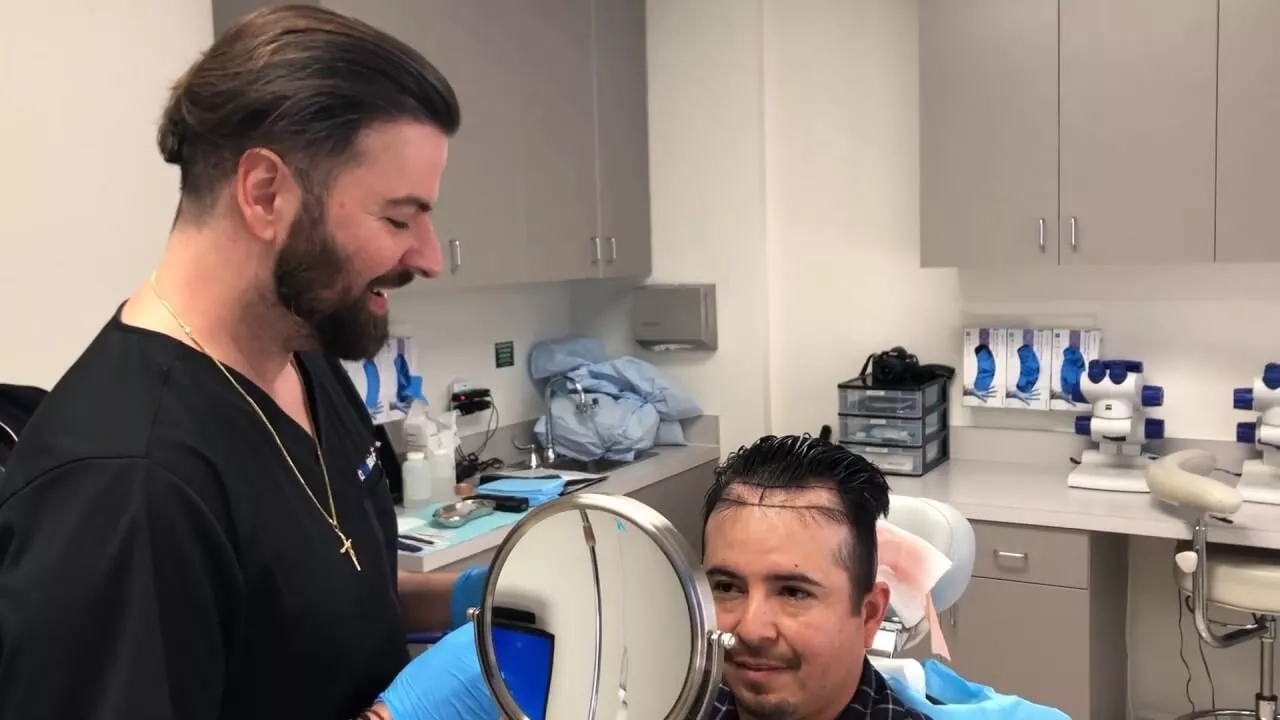
The city of Los Angeles has a very long memory indeed. Beneath its palm trees, searchlights, and Spanish colonial rooftops exist stories aplenty that date back 100 years or more. Take, for example, the tale of Peg Entwistle, the failed actress who threw herself into death’s arms from atop Mount Lee’s iconic Hollywood sign. Or 1969’s grisly Sharon Tate murders. Or the mysterious passing of Superman actor George Reeves in June of 1959. We could compile a long list, but let’s identify the common thread that runs through so many: The people involved came to Los Angeles in search of their dreams to one day play a role on the silver screen.
The endeavor need not always be so tragic. Plenty of success stories exist. Talent and luck play a tremendous role in who stays and who goes. Indeed, speaking to Tonight Show host Johnny Carson many years ago, actor Jackie Gleason once confided that making it big is not possible without luck. But there is another variable that, for most of us, comes into play looks.
Yes, to get cast, an aspiring actor or actress needs to turn heads. Nor will clothing alone fulfill the deed. Did Brad Pitt need to dress up nice for his first audition? Probably not. Chances are, the guy knew he had the eyes, the face…and the hair.
Finally, we get to it. Great looking hair in Los Angeles. For those that live here, knowledge of the fact goes without saying. Physical appearance plays an integral role in how far people are able to make it in LA. To quote singer David Glasper: “They’re in the game where the strongest will survive.” And what, in turn, so often plays an integral role in physical appearance? If you said hair, get yourself a lollipop. And congratulations.
Results of a Los Angeles Hair Transplant
“It’s okay to be afraid, just don’t show fear” is a piece of advice handed out by many so-called pundits of the film industry. Simplified, we are left with this: “Fake it ‘til you make it.” And indeed, pretending to be someone they’re not is what actors do for a living. For them, chicanery is a vital skill. And if they’ve undergone a hair transplant to improve their appearance, they may look upon that as yet another form of sleight.
Allow us to dispel such opinions now. A hair transplant is anything but fake. When a board-certified hair transplant surgeon conducts a procedure to reduce or eliminate baldness for a patient, the new hair that grows over the following months is quite real. Why shouldn’t it be? The donor’s hairs come from that very patient. The surgeon has harvested healthy follicular units from one place and placed them in another. These units then begin to produce real hair in their new location.
It’s no game of pretending. In fact, it’s no game at all. Hair transplant surgeons are quite serious about not only conducting successful procedures on their patients but discovering new, even more, effective methods for the process. Some doctors will go so far as to develop techniques of their own, thus classifying them as inventors as well as surgeons. The results seldom fail to impress. At this very moment, there are people in every neighborhood of Los Angeles who have had a hair transplant and even more people around them who would never know about it without being told.
Breaking Down the Procedure
Hair transplants typically involve one of two methods: The follicular unit transplant (FUT) or the follicular unit extraction (FUE). The FUT method is performed by harvesting strips of healthy donor hair from in back of the patient’s scalp. Around three to four thousand grafts are taken for each session of FUT. The main drawback of this method is scarring. “Strip scars” as they are commonly called, will remain at the place from which the donor hairs were taken. These scars can be covered by asking the patient to grow the hair above them longer, or they can be treated with various scalp scar revision techniques.
FUE is a little more modern. The follicular units are harvested 1 to 4 at a time, not in full strips, then implanted where necessary. This greatly reduces the patient’s risk of scarring. It also enables the doctor to retrieve donor hair from other parts of the body, such as the beard and chest.
Both procedures take between 4 and 10 hours, with a full recovery time of about 1 year. Hair transplant surgeons treat aspiring Los Angeles movie stars—along with some who have already hit the big time—with the regularity of a ticking clock. For the “look good now” mentality of this fascinating city, getting a hair transplant is a helpful, and often necessary, step.
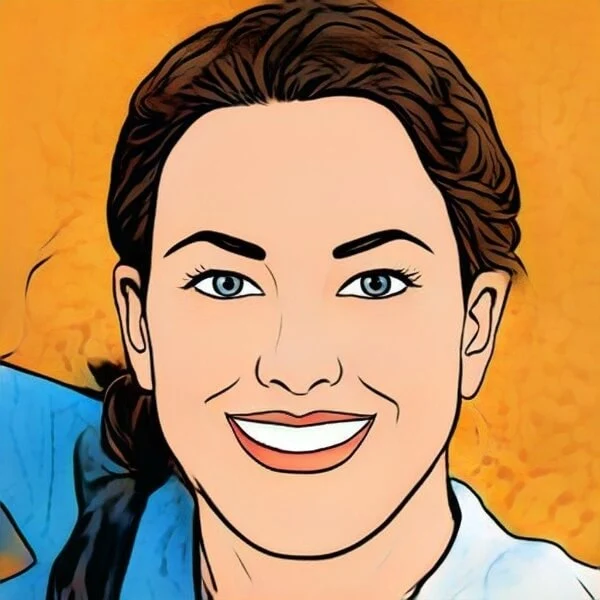
Karen is a health blog author who has been writing about healthy living since 2013. She started her journey by adopting a vegan diet and eating only organic foods, but the more she learned, the more she realized that we should all be eating plant-based diets exclusively. As an expert in nutrition and wellness, Karen blogs to educate readers on how they can live happier and healthier lives through food choices!


